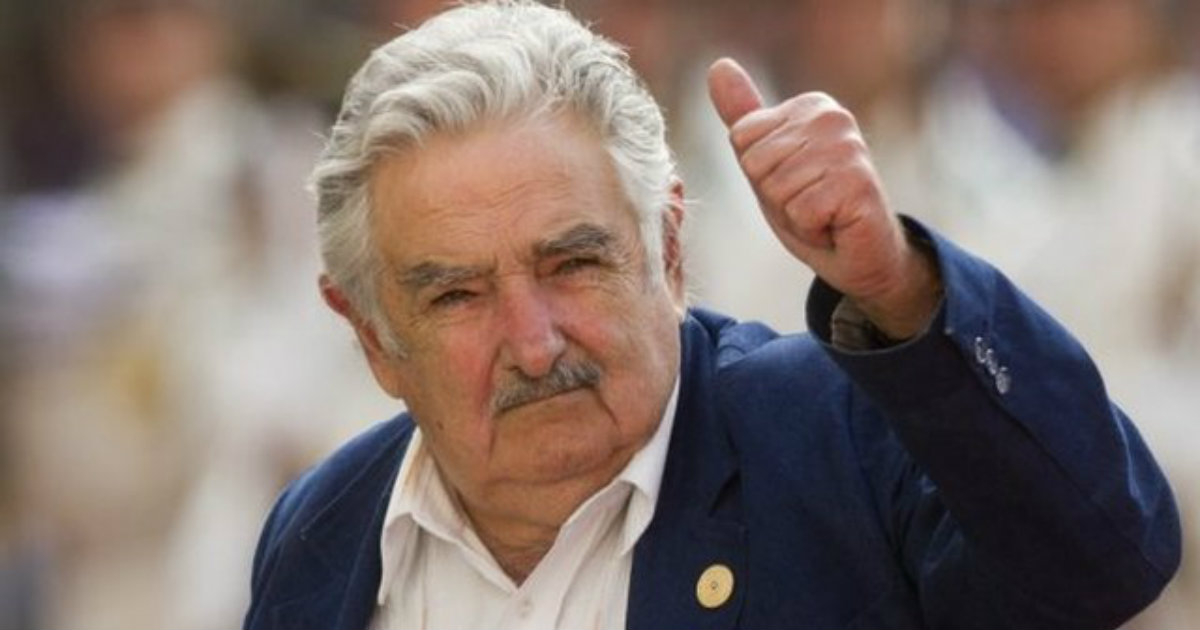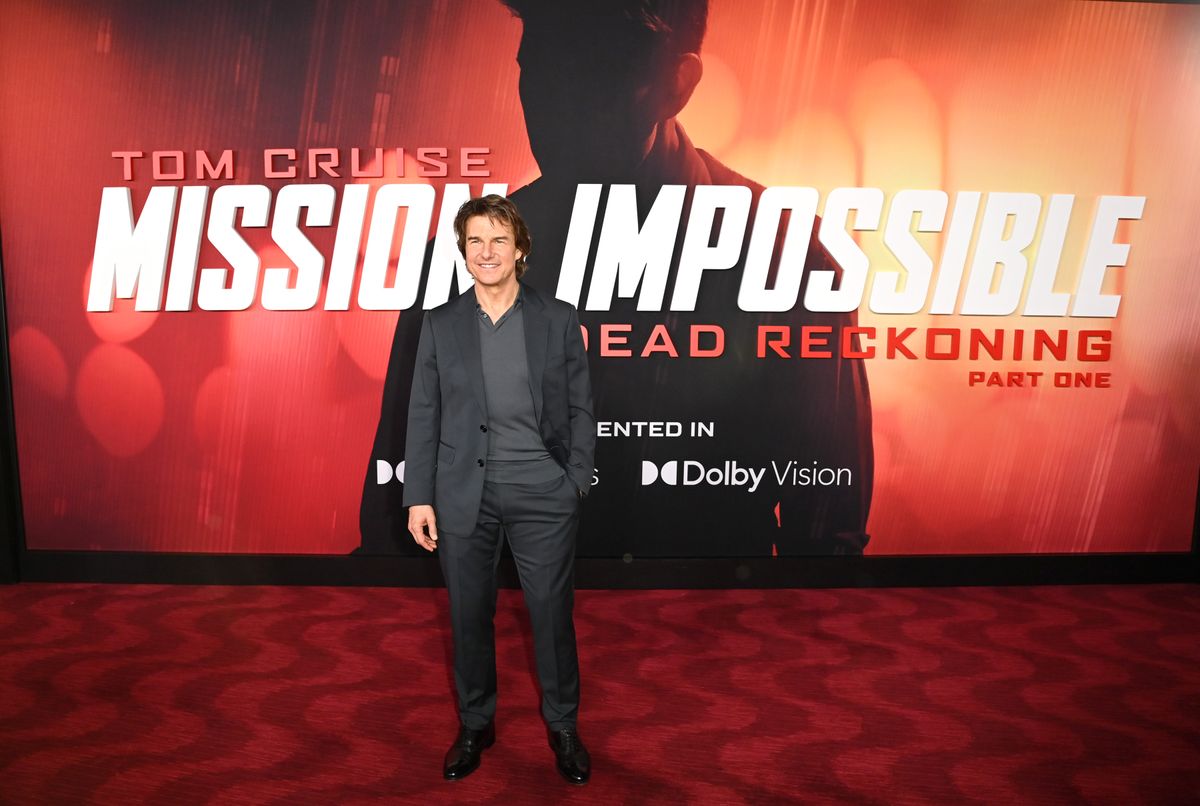Mission: Impossible - The Final Reckoning: Ignoring Two Sequels?

Table of Contents
The Legacy of Mission: Impossible II (2000) – An Underrated Chapter?
Critical Reception and Box Office Performance:
Mission: Impossible II, directed by John Woo, initially received mixed reviews. While praised for its stylish action sequences and distinctive visual flair, it deviated from the tone of the first film, opting for a darker, more morally ambiguous narrative. Box office success, while respectable, paled in comparison to the later installments, possibly contributing to its often-overlooked status in discussions about the franchise's overall arc.
- The film’s unique stylistic choices, including extended slow-motion shots and a heightened emphasis on the villain, were both praised and criticized.
- The pivotal plot point involving a deadly virus and the double-crossing nature of the mission stands in contrast to later, more straightforward narratives.
- John Woo's signature visual style, a departure from the more grounded realism of the original, significantly impacted the film's aesthetic and overall feel.
Ethan Hunt's Character Arc in M:I II:
Mission: Impossible II offers a nuanced look at Ethan Hunt. It delves into his internal conflicts and motivations, showcasing a more vulnerable side compared to his portrayal in other films.
- Hunt's internal struggle with loyalty and betrayal reveals a complexity often absent in later installments, where his moral compass is clearer.
- The supporting characters, including Nyah Nordoff-Hall (Thandiwe Newton), add layers to Hunt's emotional journey, forcing him to confront personal sacrifices.
- Recurring themes of infiltration, deception, and the high stakes of espionage are present, creating a foundation for future films.
Mission: Impossible III (2006) – A Bridge Too Far?
Shifting the Focus: Family and Personal Stakes:
Mission: Impossible III introduced a significant shift in the franchise by focusing on Ethan Hunt's personal life, particularly his relationship with Julia Meade (Michelle Monaghan). This marked a departure from the more globally focused threats of previous films.
- This personal element added emotional depth to Hunt’s character, showcasing vulnerability and the consequences of his actions on his loved ones.
- The shift towards a more intimate threat contrasts the larger-scale plots of the other movies, highlighting a different kind of danger.
- While critically well-received, its box office performance, while successful, was arguably overshadowed by the blockbuster success of the subsequent films.
Setting the Stage for Future Installments?:
Despite often being overlooked, M:I III subtly lays the groundwork for future installments.
- The introduction of certain gadgets and technological elements foreshadows advancements in future missions.
- Themes of personal sacrifice and the enduring commitment to duty introduced in this film resonate with later narratives, adding depth to Hunt's evolution.
- Recurring elements subtly link this chapter to the larger narrative, hinting at underlying connections that enrich the overarching story when considered as a whole.
The Narrative Implications of Ignoring M:I II and M:I III
A Disjointed Timeline?:
Ignoring Mission: Impossible II and Mission: Impossible III creates a fragmented timeline, obscuring crucial character development and plot points essential for a complete understanding of the overarching narrative.
Character Development and Continuity:
Omitting these films leads to an incomplete portrayal of Ethan Hunt's character arc. His emotional evolution, his relationship with others, and his internal conflicts are significantly impacted by these seemingly 'skipped' chapters.
Missed Opportunities for Thematic Exploration:
By neglecting M:I II and M:I III, we miss opportunities to fully explore recurring themes of sacrifice, loyalty, and the moral complexities of espionage, enriching the thematic depth of the later films.
Conclusion: Reframing the "Final Reckoning" – Including All Missions
Ignoring Mission: Impossible II and Mission: Impossible III results in a less complete and nuanced understanding of the Mission: Impossible universe. These films contribute significantly to the overall narrative, character development, and thematic exploration of the franchise. To truly achieve a complete Mission: Impossible reckoning, we must re-evaluate the franchise's trajectory, considering all missions and acknowledging the significant contributions of these sometimes-overlooked sequels. A true final reckoning demands a comprehensive look at the entire saga – let's ensure we give every mission its due.

Featured Posts
-
 El Impacto Global De Jose Mujica Mas Alla De La Presidencia De Uruguay
May 14, 2025
El Impacto Global De Jose Mujica Mas Alla De La Presidencia De Uruguay
May 14, 2025 -
 Mission Impossible Dead Reckoning Part Two Trailer Analysis Avoiding Past Mistakes
May 14, 2025
Mission Impossible Dead Reckoning Part Two Trailer Analysis Avoiding Past Mistakes
May 14, 2025 -
 Fallecimiento De Jose Mujica Expresidente De Uruguay A Los 89 Anos
May 14, 2025
Fallecimiento De Jose Mujica Expresidente De Uruguay A Los 89 Anos
May 14, 2025 -
 Albertas Industrial Carbon Price Frozen Indefinitely Government Announcement
May 14, 2025
Albertas Industrial Carbon Price Frozen Indefinitely Government Announcement
May 14, 2025 -
 Sean Combs Reported Difficulties An Examination Of His Public Image And Business Ventures
May 14, 2025
Sean Combs Reported Difficulties An Examination Of His Public Image And Business Ventures
May 14, 2025
